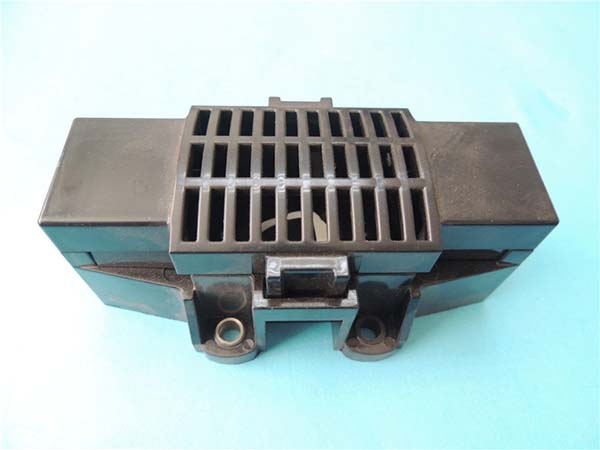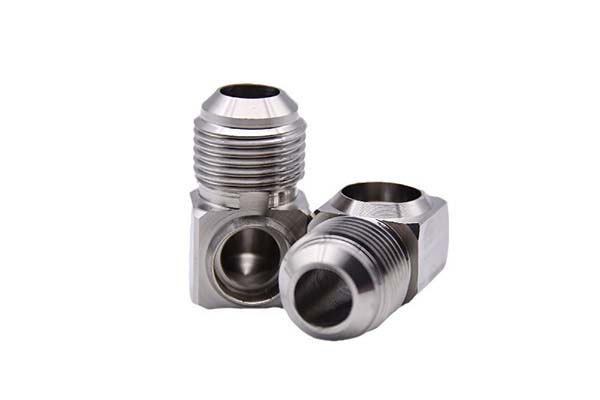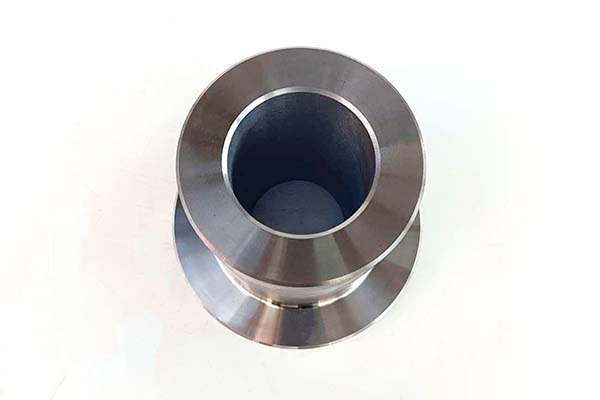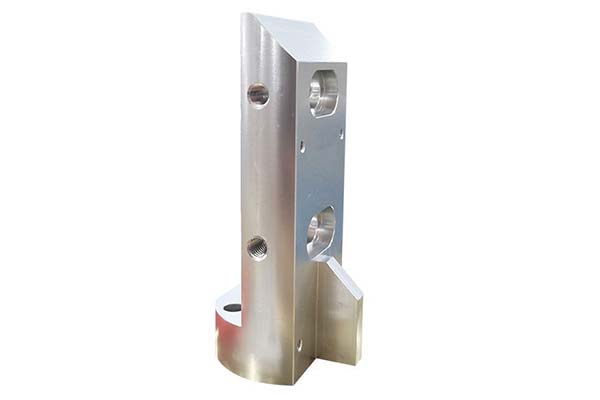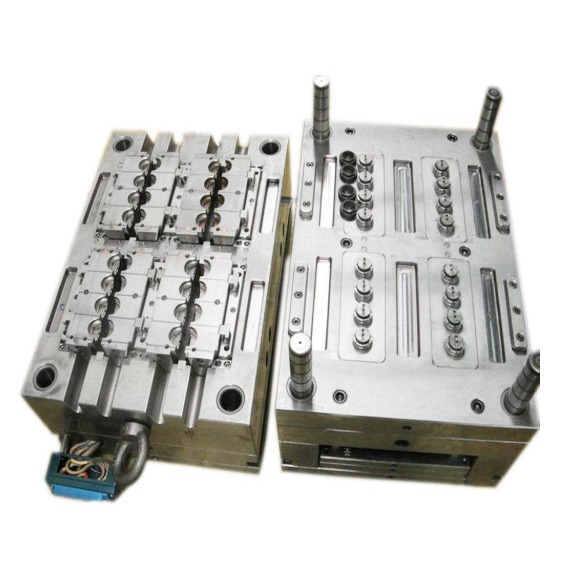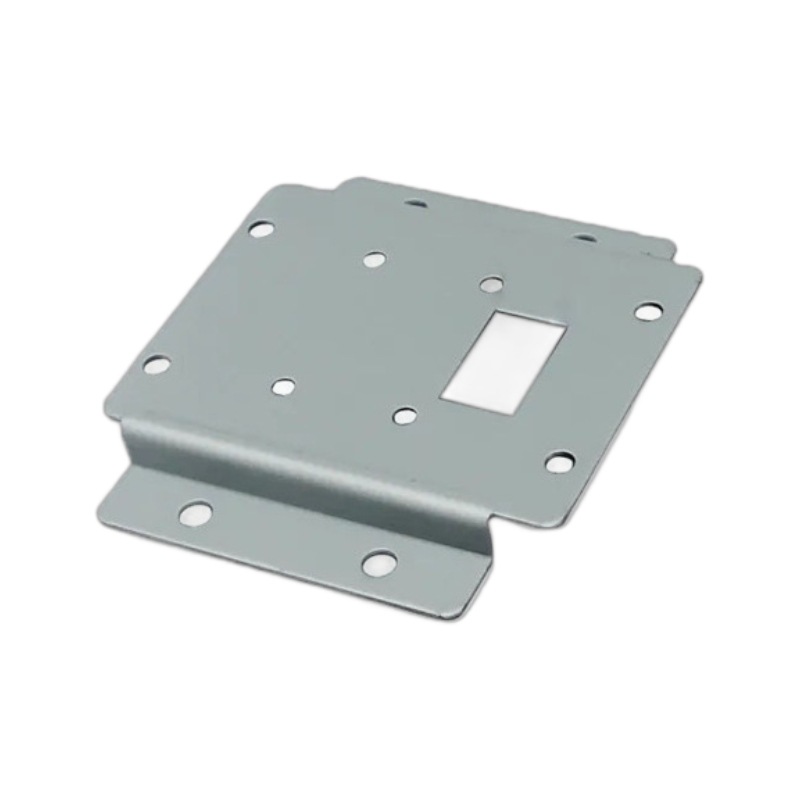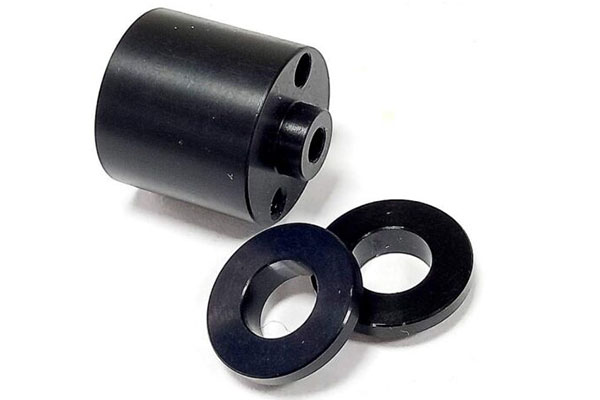CNC machining of Nylon PA6 is a widely used process in manufacturing, but it comes with unique challenges. Manufacturers often struggle with dimensional changes due to Nylon PA6’s moisture absorption, achieving consistent surface finishes because of its tendency to fuzz during cutting, and managing tool wear from its abrasive nature. This guide addresses these pain points, providing expert insights to master Nylon PA6 machining.
Material Overview of Nylon PA6
Nylon PA6, also known as Polyamide 6, is a versatile engineering plastic with a balance of properties that make it suitable for diverse applications. Its mechanical properties include a tensile strength of 45-60 MPa and a flexural strength of 70-90 MPa, making it strong enough for load-bearing components. It also offers excellent abrasion resistance, outperforming many plastics in high-wear applications like bearings and bushings.
One of Nylon PA6’s defining characteristics is its moisture absorption—it can absorb 2-3% of its weight in water, which can cause dimensional changes of up to 1-2% in humid environments. This makes proper storage and conditioning crucial before machining. Its density is 1.13-1.15 g/cm³, lighter than Acetal but denser than many other plastics.
In terms of thermal properties, Nylon PA6 has a melting point of 215-220°C and a continuous use temperature of 80-100°C, with short-term exposure to 120°C possible. It offers good chemical resistance to oils, greases, and alkalis but can be damaged by strong acids and organic solvents. Its impact resistance is excellent at room temperature (30-50 kJ/m²) but decreases in cold environments. Nylon PA6 also has decent electrical properties, serving well as an insulator in low-voltage applications.
| Property | Nylon PA6 | Acetal (Delrin) | Polycarbonate |
| Tensile Strength | 45-60 MPa | 60-70 MPa | 65-70 MPa |
| Moisture Absorption | 2-3% | <0.2% | <0.1% |
| Abrasion Resistance | Excellent | Very Good | Good |
| Impact Resistance | 30-50 kJ/m² | 25-30 kJ/m² | 60-75 kJ/m² |
CNC Machining Processes for Nylon PA6
CNC machining of Nylon PA6 involves several processes tailored to its properties:
- Milling: Used for creating complex 3D shapes, slots, and pockets. A CNC mill with a rigid spindle is preferred to minimize tool deflection, which can occur due to Nylon PA6’s flexibility.
- Turning: Ideal for cylindrical parts like shafts and bushings, performed on a CNC lathe with sharp tools to prevent fuzzing.
- Drilling: Requires proper chip evacuation to avoid clogging, as Nylon PA6’s chips can be stringy.
- Cutting: Shearing Nylon PA6 sheets with CNC routers is effective, though slower speeds are needed to prevent melting.
Machining centers equipped with high-torque spindles handle Nylon PA6 well, as its flexibility can cause tool deflection at low torque. CNC programming using CAM software (such as SolidWorks CAM or GibbsCAM) allows for optimized toolpaths that reduce heat generation. Proper part setup with secure fixturing is essential, as Nylon PA6 can deform under clamping pressure.
Tool Selection and Tool Life
Choosing the right tools is key to efficient Nylon PA6 machining:
- Carbide tools are excellent for high-volume production, offering longer tool life than high-speed steel (HSS) tools due to Nylon PA6’s abrasiveness. Grade K20 carbide is a good general choice.
- HSS tools work for low-volume jobs or prototyping, though they require more frequent sharpening.
- End mills with 2-4 flutes are effective: 2-flute designs for better chip evacuation (critical for avoiding stringy chips), 4-flute for finer surface finishes. A helix angle of 30-45° improves cutting efficiency.
- Drills with a 118° point angle and polished flutes help prevent chip buildup, reducing the risk of overheating.
- Reamers ensure tight-tolerance holes, with carbide reamers maintaining tolerances of ±0.005 mm.
Tool geometry with a sharp cutting edge (radius <0.03 mm) minimizes fuzzing, a common issue with Nylon PA6. Tool coatings like TiN or TiAlN reduce friction and heat, extending tool life by 20-30%. Tool wear is primarily caused by abrasion, so monitoring for dull edges is important—dull tools increase heat generation and reduce surface quality. Tool breakage is rare with Nylon PA6 but can occur from excessive feed rates or tool deflection.
Machining Parameters and Techniques
Optimizing machining parameters and techniques is crucial for Nylon PA6:
- Cutting speed: 100-200 m/min for milling, 80-150 m/min for turning. Higher speeds can cause melting due to heat buildup.
- Feed rate: 0.1-0.2 mm/tooth for milling, 0.1-0.15 mm/rev for turning. Adjust based on tool diameter and material thickness.
- Depth of cut: 1-3 mm for roughing, 0.1-0.5 mm for finishing passes to avoid fuzzing.
- Spindle speed: 2000-4000 RPM for milling, 1000-2500 RPM for turning, depending on tool size.
Toolpath strategies like climb milling reduce tool wear compared to conventional milling, as it minimizes rubbing against the material. Maintaining a consistent chip load (0.01-0.04 mm/tooth) prevents chip clogging. Coolant use is beneficial for Nylon PA6—compressed air or a light mineral oil coolant helps dissipate heat and clear chips, reducing the risk of melting and improving surface finish.
Heat generation is a key concern; excessive heat can cause Nylon PA6 to soften and deform. Using sharp tools and avoiding prolonged cuts in the same area helps manage heat. Tool deflection is another issue due to Nylon PA6’s flexibility—using shorter tools and reducing overhang minimizes deflection, improving dimensional accuracy.
Surface Finish and Post-Processing
Nylon PA6’s surface finish can vary based on machining parameters, but a typical machined finish is Ra 0.8-1.6 μm. Achieving a smoother finish (Ra 0.4-0.8 μm) requires sharp tools, slower feed rates, and 4-flute end mills.
Post-processing steps for Nylon PA6 often include:
- Deburring to remove sharp edges, critical for safety in consumer products and assemblies.
- Polishing with fine-grit sandpaper (600-1000 grit) can improve surface smoothness, though it may reduce dimensional accuracy slightly.
- Grinding is rarely needed but can achieve tight tolerances on flat surfaces.
- Annealing (heating to 80-100°C for 1-2 hours and cooling slowly) relieves internal stresses, reducing the risk of warping after machining.
- Painting or coating is possible with proper surface preparation—abrasion or priming helps improve adhesion, as Nylon PA6 has low surface energy.
Dimensional accuracy of ±0.01 mm is achievable with proper setup, though this can be affected by post-machining moisture absorption. Conditioning parts in controlled humidity environments after machining helps stabilize dimensions before final assembly.
Applications of CNC Machined Nylon PA6 Parts
CNC machined Nylon PA6 parts are used across industries:
- Automotive parts: Gears, bushings, and intake manifolds benefit from its abrasion resistance and oil tolerance.
- Mechanical components: Bearings, rollers, and wear pads leverage its low friction and high wear resistance.
- Medical devices: Non-implantable tools like surgical instrument handles use Nylon PA6 for its strength and easy sterilization (with proper grades).
- Electrical insulators: Terminal blocks and switch components serve well in low-voltage applications.
- Consumer products: Handles, knobs, and appliance parts use Nylon PA6 for its durability and impact resistance.
- Industrial parts: Conveyor components and valve seats withstand heavy use in industrial environments.
- Prototyping: Nylon PA6’s machinability and low cost make it ideal for functional prototypes, allowing testing of form and fit.
Yigu Technology's Perspective
Yigu Technology specializes in CNC machining Nylon PA6, with expertise in managing its unique challenges like moisture absorption and fuzzing. We condition Nylon PA6 before machining to stabilize dimensions and use sharp carbide tools with optimized geometries to achieve clean surface finishes. Our strict control of machining parameters minimizes heat generation, ensuring dimensional accuracy. Whether producing high-volume automotive parts or custom industrial components, we tailor our approach to maximize Nylon PA6’s strengths, delivering reliable, cost-effective solutions that meet our clients’ exact specifications.
FAQ
- How does Nylon PA6 compare to Nylon PA66 in machining?
Nylon PA6 is slightly easier to machine due to its lower melting point, but it has higher moisture absorption than PA66, requiring more careful conditioning. PA66 offers better heat resistance but is more prone to fuzzing during cutting.
- Can Nylon PA6 be used in high-moisture environments?
Yes, but it requires proper sealing or coating to reduce moisture absorption. Alternatively, moisture-resistant grades (like glass-filled Nylon PA6) can be used, which absorb less water and maintain better dimensional stability.
- What causes fuzzing during Nylon PA6 machining, and how to prevent it?
Fuzzing is caused by dull tools or high feed rates that tear the material instead of cutting it. Using sharp tools with proper geometry, optimizing feed rates, and ensuring good chip evacuation prevents fuzzing.
